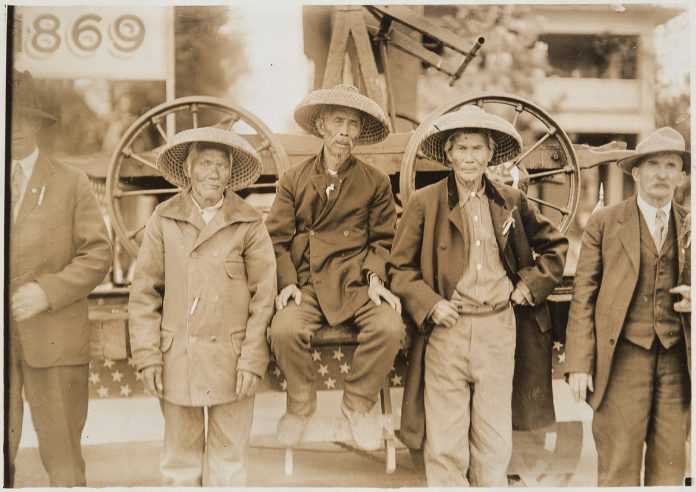Han Do, Incoming Features Editor
The COVID-19 pandemic and the ensuing wave of racially motivated attacks on Asian Americans have unmasked existing social inequities that have forced many to confront the reality of what being “Asian” really means in America. In her Multicultural Center lecture, Dr. Jessika Chi explained the history behind the construction of Asian American identities, dissected how the “model minority myth” and “forever foreigner” stereotypes impact students, and offered solutions as to how minorities can come together and heal through these challenging times.
In a brief historical account of Asian immigration to the U.S., Dr. Chi walked the audience through the 1849 Gold Rush. During this time, Chinese immigrants were wanted for cheap labor, but were later discarded and labeled as “job stealers” when the Gold Rush dwindled to an end and there was no longer a need for them.
What followed was the 1884 Chinese Exclusion Act, the first immigration law to exclude an ethnic group from coming to the U.S. This was later followed by the 1924 Immigration Act, which excluded all immigrants from Asia.
However, during the Cold War era, Asian talents were once again recruited, this time to help the U.S. compete with Russia in their series of social competitions and proxy wars.
According to Dr. Chi, these events demonstrated “how the formation of Asian American community in the U.S. has largely been predicated on U.S. labor needs and U.S. foreign policy.”
This, she explained, is partly where the model minority originated from. She defined the “model minority myth” as a racial trope that stereotype Asian Americans as having been able to reach great success through simple hard work, erasing the histories of AAPI hardship and racism.
Dr. Chi explained how this stereotype has historically been used to argue against existing systems of racism and oppression, driving a wedge between Asian Americans and other racial minorities in the U.S.
She lectured that a significant reason as to why Asian Americans are so successful is because the U.S. government had only let Asians immigrate if they were already successful to begin with. She referred to how the country only recruited Asians with desirable characteristics throughout history, such as possessing higher education or demonstrating useful skills “to advance the U.S. on the world stage.”
She added that this myth paints Asians as being able to pull “themselves up by the bootstrap” and simply work hard to improve their lives. This mentality can be detrimental to Asian American students, creating a situation where Asian American students feel greater pressure to achieve while simultaneously not receiving the sufficient academic and emotional support at school because they’re not seen as a racial group needing such help through this myth.
Responding to a question from The Bottom Line, Dr. Chi emphasized how the model minority is considered a myth not because it is entirely untrue. She referenced how Asian American success, especially in socioeconomics and education, is higher in comparison to other minority groups in America.
However, it is considered a myth because of how this idea has been weaponized against other minorities and denigrates their struggles. She cited, for example, how such racial comparison would be used to disregard the racial inequalities addressed by Black Americans’ Civil Rights Movement in the 1960s.
The model minority myth suggests that the reason why certain minorities are not as successful as Asians is because they don’t work hard enough. While we don’t share the same struggles, Dr. Chi stated, “Everybody works hard.”
Nearing the end of the lecture, Dr. Chi invited the audience to participate in an activity involving resource allocation, in which the “selfish” choice allocated points to your own group but took away points from the other groups. The catch is, if everyone chose the selfish choice, then points will be deducted from every group, whereas if everybody chooses the cooperative choice, then all groups will gain the maximum amount of points.
To many people’s surprise, during each round, there was always one group who made the selfish choice. Dr. Chi explained that the activity demonstrated how divisive rhetoric from systems of oppression can drive a wedge between communities and hurt us all.
Dr. Chi offered a few solutions for minority groups to come together to overcome systems of racism and create change:
- Understand how systemic and internalized racism impacts our identities, communities, and society.
- Learn about the intentional erasure of our shared histories and its political purposes.
- Name, understand, and actively resist racial tropes and stereotypes.
- Implement institutional structures and policies to remedy systemic inequities.
- Shift communities of color from the margins and center their voices and experiences.
- Don’t fall into the “win as much as you can” trap, as exemplified in the game.











